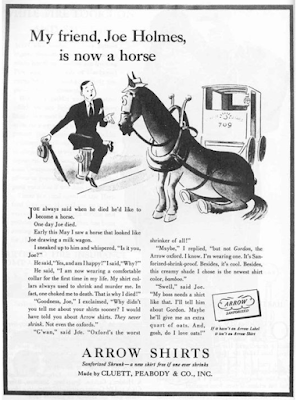Red-Nosed Drunk – the audio play

It's Christmas Eve in a dive bar, where Santa's most famous reindeer has a lot to say about "The Big Guy," commercialism, and his role as a holiday icon. I wrote this in response to the Theatrical Shenanigans podcast’s call for holiday plays. Since this would be an audio production, I realized I could adapt (and extend) my 2003 short essay about a conversation between a bartender and grumbling Rudolph the Red-Nosed Reindeer and not have to worry about costuming. Produced by the podcast for their "12 Plays of Christmas" Special, December, 2024. (The title graphic for the play was created by me.)







